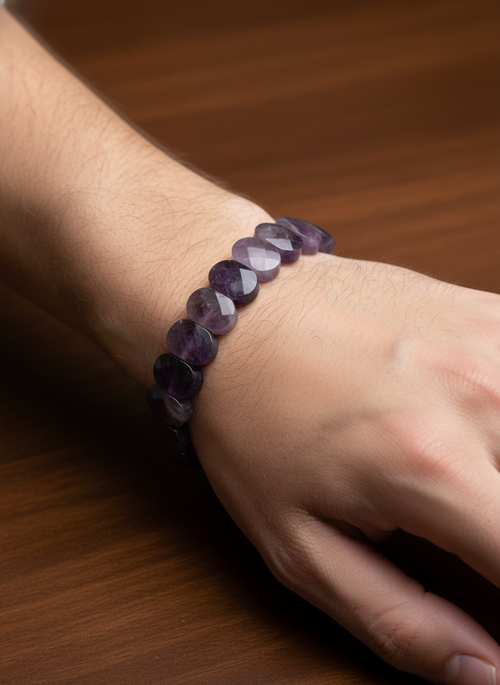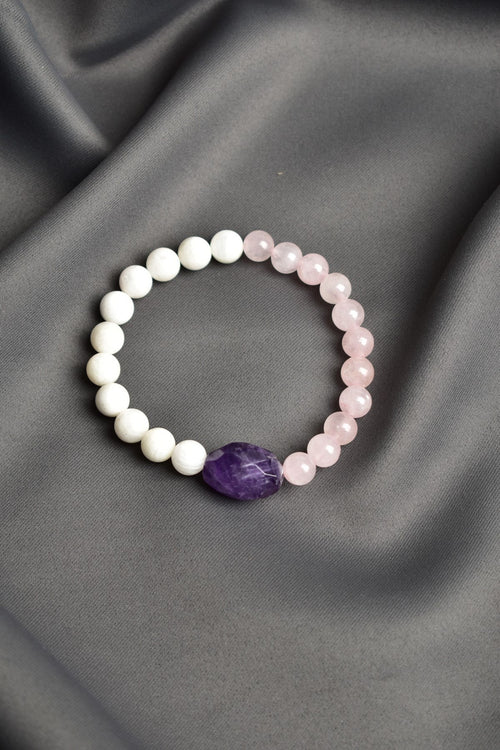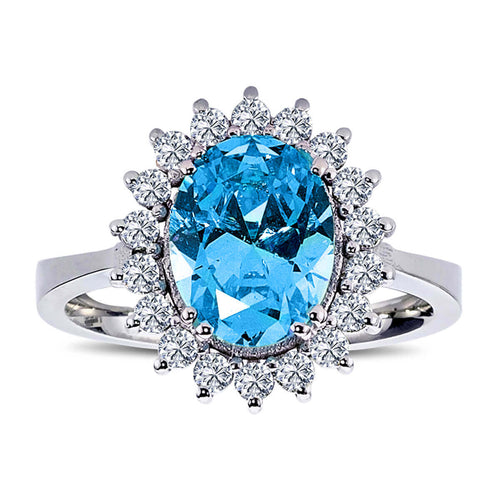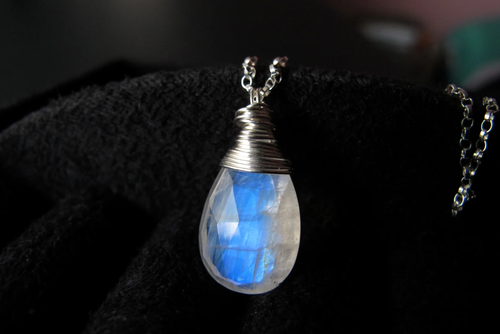ALL PRODUCTS IGSL INTERNATIONAL CERTIFIED
Throughout history, various cultures and civilizations have used precious and semi-precious stones as currency. These natural stones have been used in trade, payment and barter transactions due to both their material value and symbolic importance. Here are some natural stones that have been used as currency throughout history:
1. Jade Stone
- Usage: It was widely used in China, Central America (especially the Mayan and Olmec cultures), and among the Maori people of New Zealand.
- Features: Jade is known for its green color and durability. In China, jade is known to be used as money and also as a status symbol. In Mayan and Olmec cultures, jade was used as ritual objects and jewelry and had high value as a medium of exchange.
2. Cowrie Shells
- Area of Use: It was widely used in Africa, Asia and the Pacific Islands.
- Properties: Cowrie shells have long been used as currency, especially in West Africa. These shells were also considered a valuable trade tool in India, China, and the Pacific Islands. Although not a natural stone, cowrie shells are often valued in a similar way because they are made from natural materials.
3. Quartz
- Area of Use: It was used in ancient times in some African tribes and Native American cultures.
- Properties: Quartz crystals have been accepted as a medium of exchange because of both their beauty and rarity. Clear or colored crystalline forms of quartz have been traded, particularly for ceremonial purposes or as high-value gems.
4. Amber
- Area of Use: It was used in Ancient Egypt, the Baltic Region and various parts of Europe.
- Features: Amber, a fossilized resin, has been valued throughout history as a means of exchange and payment. Found in abundance in the Baltic Sea, amber was also used as a valuable material in Ancient Egypt and was widely used in jewelry making.
5. Turquoise
- Area of Use: Used in Ancient Egypt, Iran, Mexico (Aztecs) and Native Americans.
- Features: Turquoise is a stone known for its blue-green color and was considered a precious stone by the ancient Egyptian and Aztec civilizations. The Aztecs used turquoise as a valuable medium of exchange.
6. Obsidian
- Area of Use: It was used in Mesopotamia, Anatolia and Central America.
- Properties: Obsidian, a volcanic glass, was used in ancient times both as a trade tool and in making tools due to its sharp-edged properties. Obsidian was considered an important material in making weapons and tools and had a high value in trade.
7. Hematite
- Area of Use: It was used in Ancient Egypt and Mesopotamia.
- Properties: Hematite, an iron oxide mineral, is known for its bright reddish-black color. In ancient Egypt and Mesopotamia, hematite beads and jewelry were used as valuables and a means of exchange.
8. Agate
- Area of Use: It was used in ancient Mesopotamia, Egypt and the Roman Empire.
- Features: Agate is a type of quartz found in various colors and patterns. Ancient civilizations used agate stones in seal making and jewelry, and these stones were also valued as a medium of exchange.
9. Shell Beads
- Area of Use: Used by North American natives, Pacific Islands and Africa.
- Features: Shell beads, especially Wampum beads, were used as money by North American Indians. These beads are made from seashells and were used for ceremonial and commercial purposes.
10. Spondylus Shells
- Area of Use: Used in the Andes and Mesoamerica.
- Features: Spondylus shells were a valuable material extracted from the sea, especially in the Inca and Mayan cultures. These shells were used as currency and were also given as offerings in religious ceremonies.
Conclusion
Natural stones and other natural materials have been used as currency by various cultures throughout history. These materials have often been valued in trade for their aesthetic beauty, rarity, and symbolic meaning. These stones have been valued not only as a medium of exchange, but also as objects of cultural and religious significance.



























